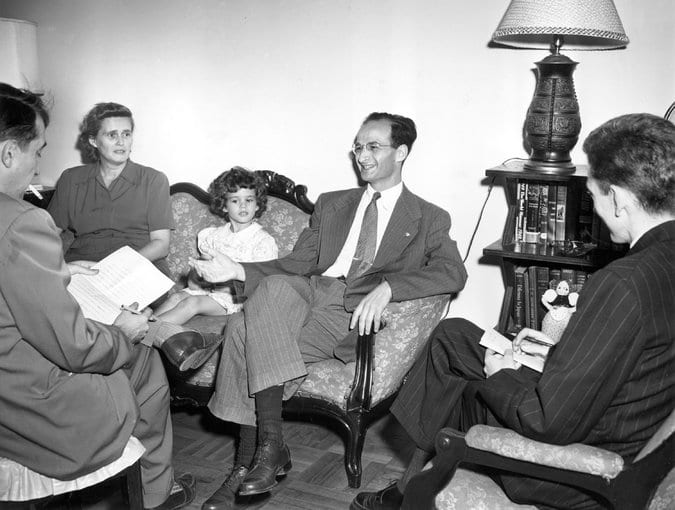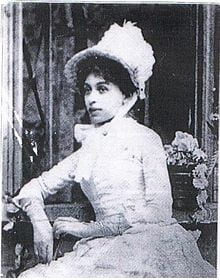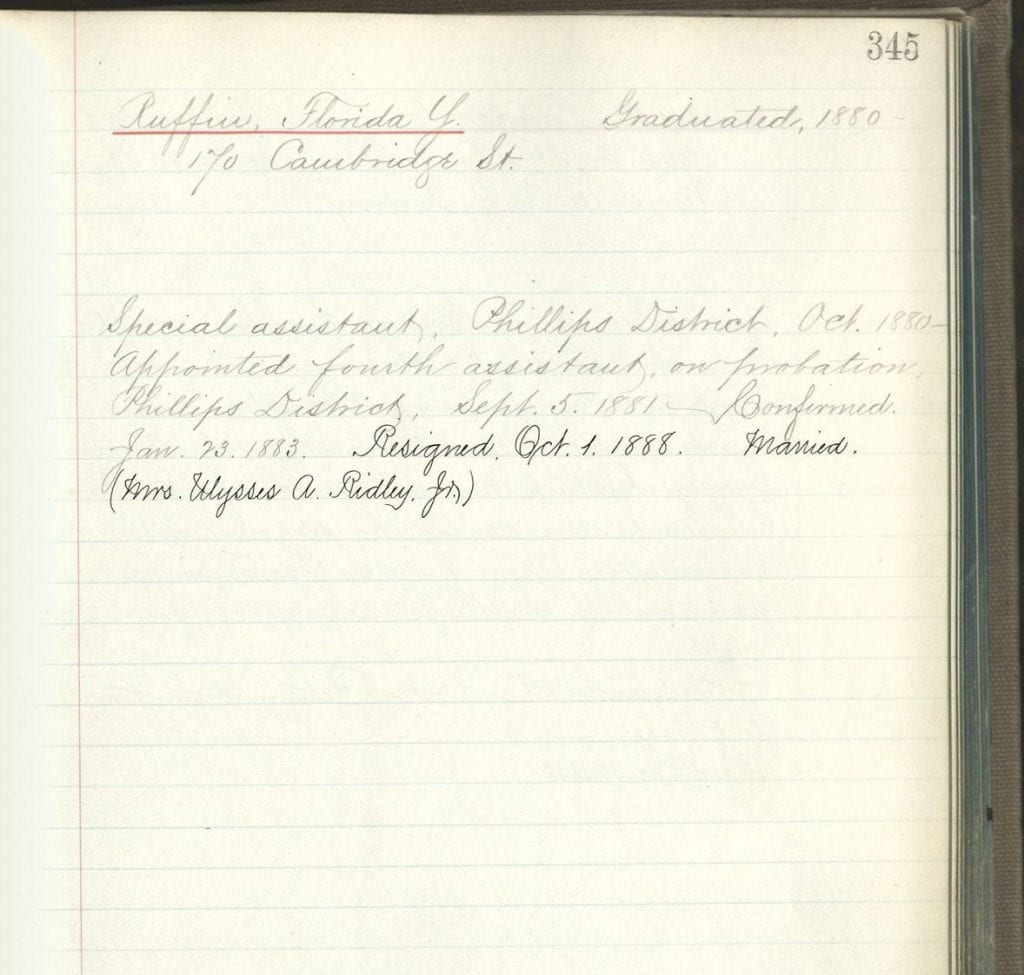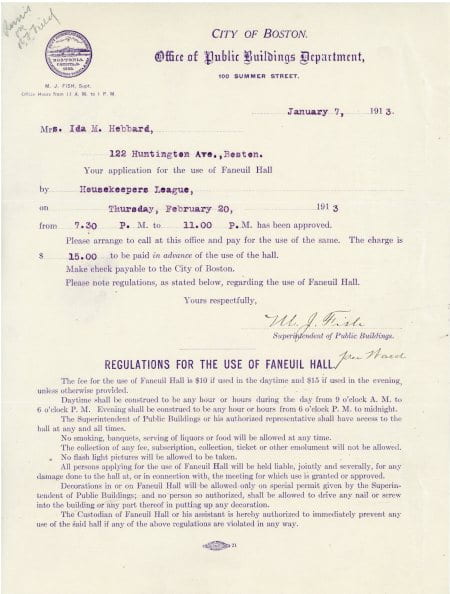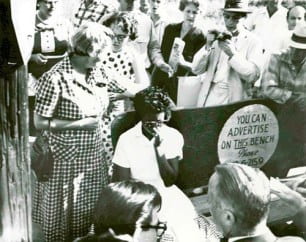By: Violet Hurst
On Friday, October 26th, I attended the New England Archivists’ (NEA) Fall Meeting at the John F. Kennedy Presidential Library in Boston. The theme of the meeting was “Our Common Code: Ethics in Archives,” and it gave archivists and allied professionals the opportunity to discuss archival ethics in three areas: appraisal and acquisitions, description, and access.
As a second-year graduate student in the Archives Track of the history program at UMass Boston, I wanted to attend the Meeting in order to learn more about current ethical issues in the archival profession. I looked forward to listening to panelists discuss their experiences and share their knowledge, and I was excited to hear the plenary address by the Venerable Tenzin Priyadarshi. I was excited to being surrounded by a community of professionals who cared about such things as ethical issues, something that many professions overlook, or even actively ignore. But I knew that there was another, more anxiety-inducing reason that I, as a graduate student and soon-to-be job-seeker, was attending the conference: to network.

Since early high school, I have struggled with moderate social anxiety that flares up when I am confronted with unfamiliar, public social situations. At academic conferences, I feel a sense of inferiority as I am confronted with a sea of (seemingly) confident students and professionals. I find it difficult to start conversations with people whom I’ve never met, especially when there is the pressure to appear knowledgable, interesting, and in all ways hire-able. I feel overwhelmed by the constant need to be “on”– from when I’m making connections with professionals in the field to when I’m pouring myself a cup of coffee in the conference reception area.
Despite my anxiety, I find it both personally rewarding and professionally necessary to attend academic conferences like those hosted by NEA. At conferences, students like me have the opportunity to learn from the real-life experiences of archivists in the field. We are able to participate in conversations about the most current trends and issues in our chosen career. We can ask questions from those who have worked in the field for years, and we have the opportunity to learn from a rich diversity of people. Most importantly, we have the opportunity to introduce ourselves, for the first time, to members of the tight-knit archival community.

During my undergraduate education in history, I lived under the blissful impression that networking was something that only those entering the business and finance world would have to face. It was only in graduate school that I learned that networking is an inescapable aspect of entering the professional world that very few students are able to avoid entirely. Over the past year and a half, I’ve had to attend conferences, workshops, community events, and informational interviews that took me out of my comfort zone, and along the way I’ve formulated strategies to deal with my anxiety in these situations. I share them here in the hopes that they might help others with social anxiety navigate the academic conference.
1. Look for the familiar.
When attending an academic conference or workshop, there is a lot of pressure to spend the whole day making connections with new people and entering into new spaces. It can be useful to take a minute to remember that not everything about the conference is new and overwhelming. There is bound to be a face in the crowd you recognize, or a event space or setup that is familiar– or even a brand of complimentary tea that you like. Making yourself more comfortable in a new space goes a long way toward making you ready to interact with new people.

At the NEA Fall Meeting, I was lucky enough to recognize several faces in the crowd from previous internships and from my graduate program. I was also very familiar with the building and the conference space at the JFK Library, having interned there from May 2017 to August 2018. These things made me feel like I was on solid ground and made me comfortable enough to engage with elements of the conference that were unfamiliar.
2. Learn the schedule.
Eliminating your uncertainty about the structure of the day is another way to make you more comfortable at a conference. At most conferences, a full schedule of programming is readily available in programs or handouts at the registration desk. Knowing in advance when breaks are and whether you will have to get up and move around for different sessions can help the day go more smoothly. I also like to look at the topics of upcoming panel discussions or presentations in advance in order to start thinking about things I may have to contribute to the conversation.
3. Take notes.
I never used to know what to say when starting a conversation at an academic conference. It can feel so unnatural or even awkward to walk up to someone you’ve never met and start a conversation. Fortunately, conferences provide you with plenty of material to talk about. I find that it’s useful to take notes about things that spark my interest during presentations and discussions. Then, during breaks, lunch, or other unstructured time, I can turn to someone and say something like “It was so interesting when ___ talked about ___. Have you encountered a similar situation in your work?” If I’m feeling really bold, I’ll even seek out a presenter to ask a question or have a discussion about the themes of a particular presentation.

Despite my fears, I’ve found that most people are excited to talk more about their work and their experiences.
4. Don’t be afraid to take a break during breaks.
This may sound non-controversial on its face, but traditionally, breaks at conferences are considered the time to network. If you’re comfortable enough to network during breaks, go for it! But if you need to take some time for yourself, absolutely do that. Find a quiet spot to clear your head and decompress for a minute– even if that quiet spot is in your car or a bathroom stall. Taking time to recharge will make you more ready to go out there and network at other times, like during lunch or transition periods.
5. Hold onto perspective.
If you walk away from a conference kicking yourself for your inability to network, remember that it’s still good that you went. If all you do at a conference is listen and learn, you’ll likely walk away from the day with new ideas, perspectives, and questions that will make you a better professional in the long run. Perhaps you’ll even emerge with a better sense of which people and institutions are doing work that aligns with your interests.
It’s also important to remember that not all networking happens at the day of the event. You may meet presenters or participants at some point down the road (it’s a small [archives] world, after all), and you’ll be able to refer back to having heard or encountered them at a previous conference, workshop, or community event.




















